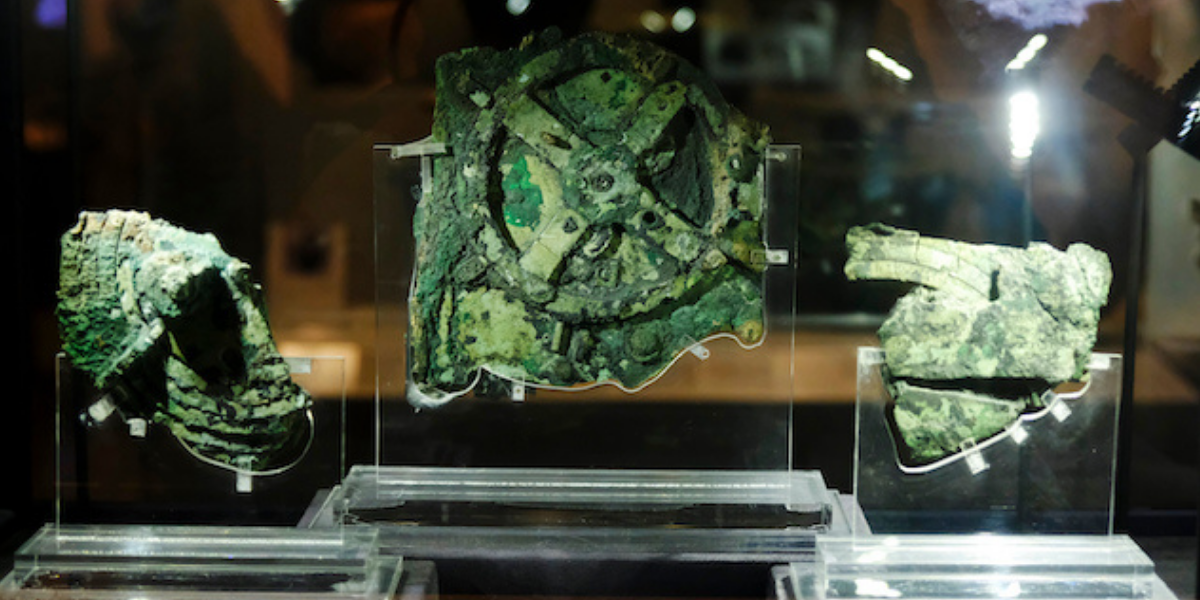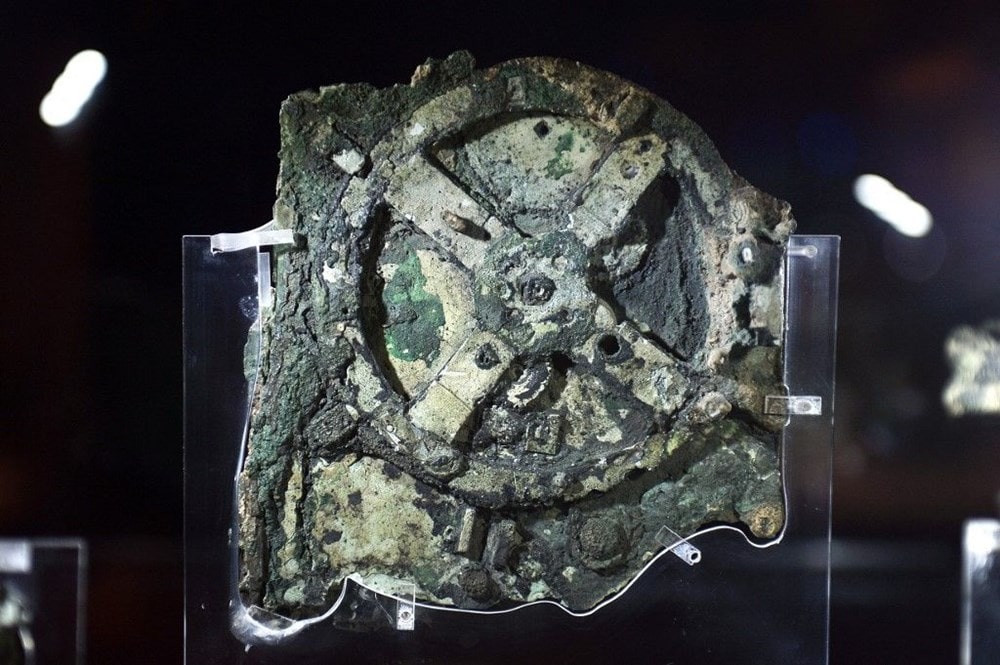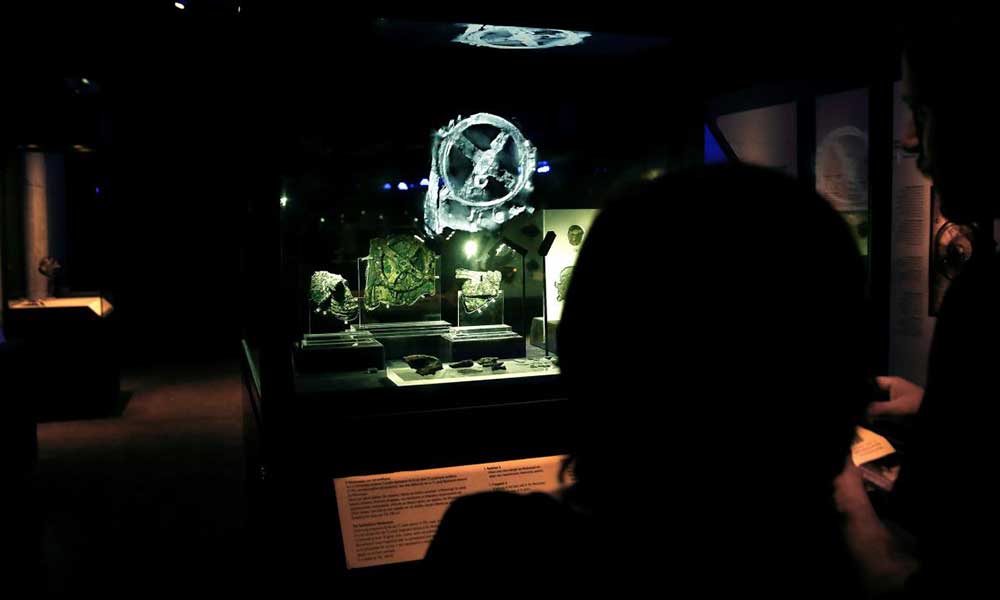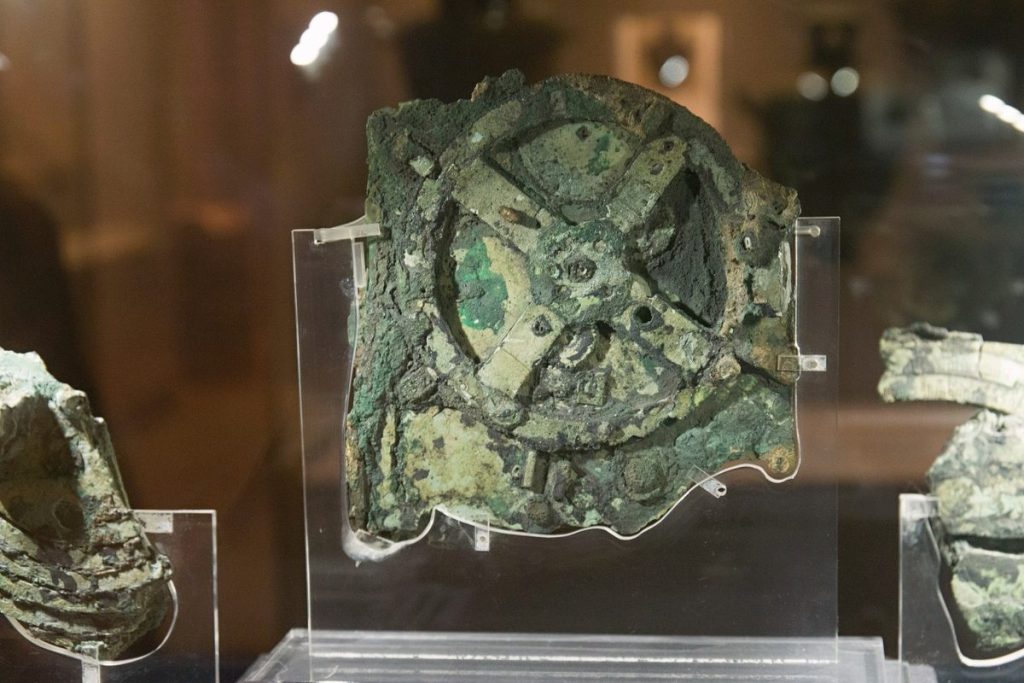
New study provides new evidence that the Antikythera mechanism was used to track the Greek lunar year
Astronomers from the University of Glasgow have found new evidence that one of the components of the Antikythera mechanism, the oldest known analog computer, was used to track the Greek lunar year.
The researchers used statistical modeling techniques developed for analyzing gravitational waves to determine the possible number of holes in one of the broken rings of the Antikythera mechanism.
The Glasgow team’s results provide new evidence that one of the components of the Antikythera mechanism was most likely used to track the Greek lunar year. The study also offered a new perspective on the extraordinary craftsmanship of the ancient Greeks.
The Antikythera mechanism was discovered in 1901 by divers exploring a sunken shipwreck near the Aegean island of Antikythera.
📣 Our WhatsApp channel is now LIVE! Stay up-to-date with the latest news and updates, just click here to follow us on WhatsApp and never miss a thing!!
Although the shoebox-sized mechanism was disassembled and corroded, it was soon realized to contain an intricate series of gears that were instrumented in an unusually complex way.
Decades of research and analysis revealed that the mechanism dated from the second century BC and functioned as a kind of hand-operated mechanical computer. External dials connected to internal gears allowed users to predict eclipses and calculate the astronomical positions of the planets on any given date with an accuracy unmatched by any other known contemporary device.

In 2020, new X-ray images of one of the mechanism’s rings, known as the calendar ring, revealed new details of the regularly spaced holes that sit beneath the ring. But because the ring was broken and incomplete, it was initially unclear how many holes there were. Initial analysis by Antikythera researcher Chris Budiselic and colleagues suggested it was probably somewhere between 347 and 367.
Now, in a new paper published today in the Horological Journal, the Glasgow researchers explain how they used two statistical analysis techniques to reveal new details about the calendar ring. They show that the ring is much more likely to have 354 holes, corresponding to the lunar calendar, than 365 holes, which would follow the Egyptian calendar. The analysis also shows that 354 holes is hundreds of times more likely than a ring with 360 holes, which previous research has suggested as a possible number.
Professor Graham Woan from the School of Physics and Astronomy at the University of Glasgow is one of the authors of the paper. He said: “Towards the end of last year, a colleague pointed me to data obtained by YouTuber Chris Budiselic, who wanted to make a replica of the calendar ring and was looking for ways to determine how many holes it contained.

“It struck me as an interesting problem and during the Christmas holidays I thought I could solve it in a different way, so I started using some statistical techniques to answer the question.”
Professor Woan used a technique called Bayesian analysis, which uses probability to quantify uncertainty based on incomplete data, to calculate the possible number of holes in the mechanism using the positions of the surviving holes and the placement of the six surviving parts of the ring.
His results showed strong evidence that the mechanism’s calendar ring contains 354 or 355 holes.
At the same time, one of Professor Woan’s colleagues at the University’s Institute for Gravitational Research, Dr. Joseph Bayley, had also heard about the problem.
To study the calendar ring, he adapted techniques used by research groups to analyze signals collected by LIGO gravitational wave detectors, which measure tiny fluctuations in spacetime caused by large astronomical events such as the collision of black holes.
The Markov Chain Monte Carlo and nested sampling methods used by Woan and Bayley provided an extensive set of probabilistic results, again suggesting that the ring most likely contains 354 or 355 holes in a radius circleUS 77.1mm, with an uncertainty of about 1/3mm. It also reveals that the holes are precisely positioned with extraordinary accuracy, with an average radial variation of just 0.028mm between each hole.
Bayley, who co-authored the paper, is a research fellow at the School of Physics and Astronomy.He said: “Previous studies have suggested that the calendar ring may have followed the lunar calendar, but the dual techniques we apply in this study greatly increase the likelihood that this is the case.
“It has given me a new appreciation for the Antikythera mechanism and the work and care that Greek artisans took to make it – the precision of positioning the holes would have required extremely precise measuring techniques and an incredibly steady hand to drill them.
Professor Woan added the following:
“It’s a neat symmetry that we are adapting the techniques we use today to study the universe to learn more about a mechanism that helped humans track the sky nearly two thousand years ago.
“We hope that our findings about the Antikythera mechanism, although less supernaturally spectacular than those made by Indiana Jones, will help deepen our understanding of how this remarkable device was made and used by the Greeks.”
You may also like
- A 1700-year-old statue of Pan unearthed during the excavations at Polyeuktos in İstanbul
- The granary was found in the ancient city of Sebaste, founded by the first Roman emperor Augustus
- Donalar Kale Kapı Rock Tomb or Donalar Rock Tomb
- Theater emerges as works continue in ancient city of Perinthos
- Urartian King Argishti’s bronze shield revealed the name of an unknown country
- The religious center of Lycia, the ancient city of Letoon
- Who were the Luwians?
- A new study brings a fresh perspective on the Anatolian origin of the Indo-European languages
- Perhaps the oldest thermal treatment center in the world, which has been in continuous use for 2000 years -Basilica Therma Roman Bath or King’s Daughter-
- The largest synagogue of the ancient world, located in the ancient city of Sardis, is being restored












Leave a Reply